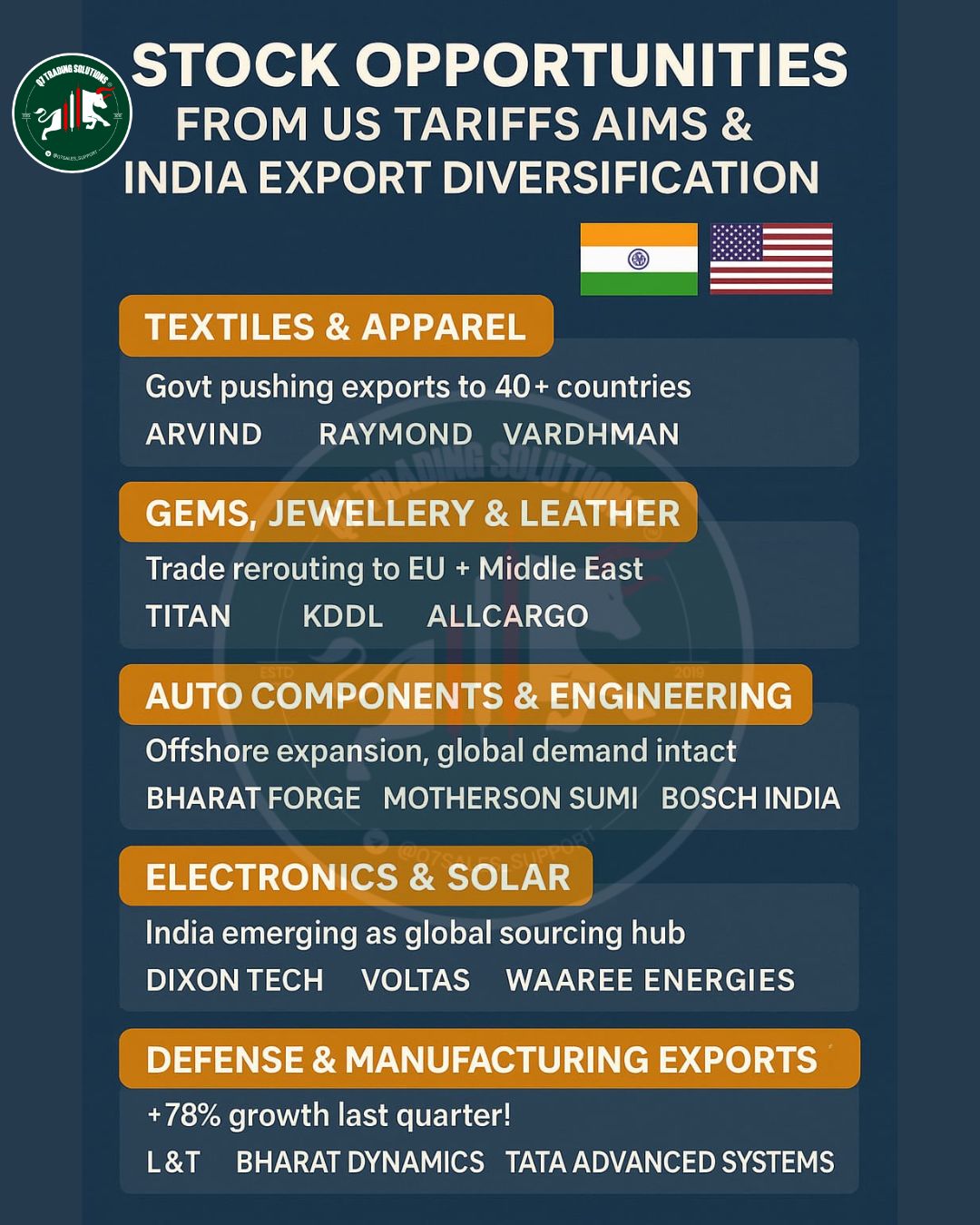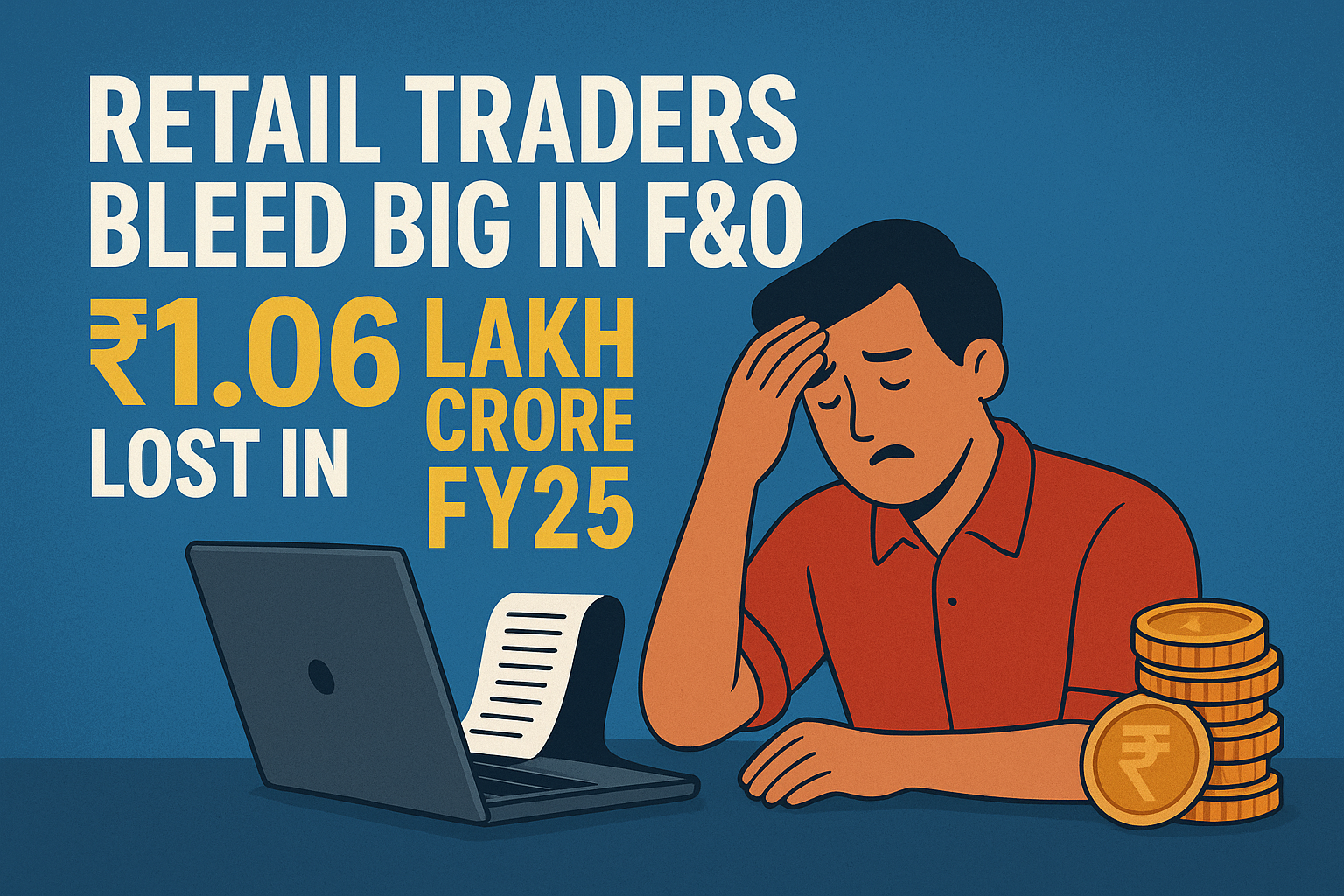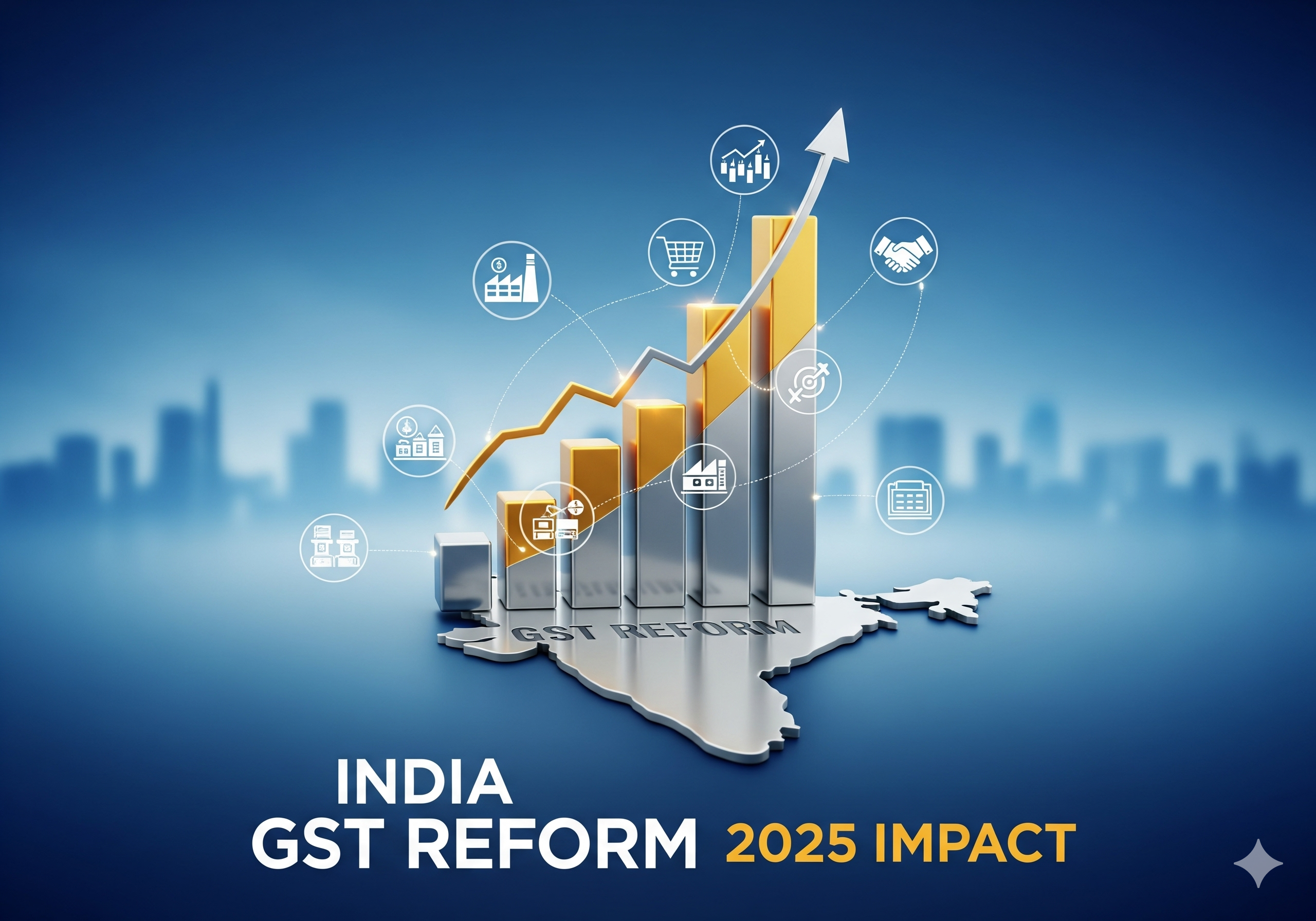
Trade wars and politics are heating up again. The U.S. has slapped 50% tariffs on Indian exports, hitting goods worth nearly $87 billion. At the same time, India is quietly fighting back with a smart export diversification plan called Mission 40 — expanding into 40 new countries.
Meanwhile, there’s another surprising development: a thaw in India–China bilateral relations in 2025. Prime Minister Modi’s meeting with President Xi Jinping is being called a turning point for Asia.
So, how do these global moves really affect the Indian economy and investors like you? Let’s break it down.
Impact of US Tariffs on Indian Economy
Trump’s 50% tariff has caused panic headlines, but India isn’t sitting idle.
- Mission 40: India is diversifying exports to 40 new countries like Japan, UAE, UK, and Australia.
- Government Support: Incentives, GST benefits, and schemes for MSMEs are cushioning exporters.
- Resilient Economy: GDP growth hit 7.8% in Q1 FY26 compared to 6.5% last year — proving resilience despite global pressure.
Key takeaway: While tariffs hurt in the short term, India’s broader push into new markets and sectors is keeping growth alive.
Why Investors Shouldn’t Panic
History shows that markets often bounce back stronger after shocks. Here are signs of strength:
- Gift Nifty was the only global index to close green when others fell.
- India is securing tech and energy deals with Japan.
- Domestic demand and strong earnings continue to support growth.
These moves signal that the impact of US tariffs on Indian economy may be limited compared to the media noise.
India–China Bilateral Relations 2025: A New Era?
For the first time in years, India and China are showing signs of cooperation:
- Direct flights between the two countries are resuming.
- The Kailash Mansarovar Yatra is reopening.
- Confidence-building measures are in discussion, with potential Chinese investments in Indian manufacturing.
Xi Jinping even admitted: “It is the right choice for the Dragon and the Elephant to come together.”
Why does this matter? Because geopolitical stability = economic stability. A stronger India–China relationship strengthens India’s role in global supply chains, attracting more foreign capital.
Stock Market Opportunities After Tariffs & Diversification
While tariffs dominate headlines, smart investors focus on opportunities. India’s diversification strategy and geopolitical shifts are opening up sectoral winners.
Sectors to Watch:
- Textiles & Apparel – Arvind, Raymond, Vardhman
- Gems & Jewellery, Leather, Shrimp – Titan, KDDL, Allcargo
- Auto Components & Engineering – Bharat Forge, Motherson Sumi, Bosch India
- Electronics & Solar – Dixon Tech, Voltas, Waaree Energies
- Defence & Manufacturing Exports – L&T, Bharat Dynamics, Tata Advanced Systems
- Energy – Reliance Industries
This list highlights companies that could benefit from export shifts, global demand, and domestic resilience.

Final Word
The impact of US tariffs on Indian economy is real, but not devastating. India is adapting fast with export diversification and government support. At the same time, warming India–China bilateral relations in 2025 could reshape Asia’s future and boost investor confidence.
For investors, the message is simple: don’t get lost in the noise. Focus on sectors, opportunities, and long-term resilience. India is positioning itself not as a victim of global politics, but as a winner in the new world order.
FAQ Section
US tariffs may hurt some exporters, but India’s diversification strategy, government support, and domestic demand are limiting long-term damage.
Textiles, gems, leather, and MSMEs are impacted. But diversification into new markets is helping offset losses.
Relations are thawing with direct flights resuming, confidence-building measures, and talks of Chinese investment in Indian manufacturing.
Strong domestic consumption, service sector growth, and diversification of exports are keeping India’s GDP growth above 7%.
Companies in textiles, gems, auto components, electronics, defence, and energy stand to gain. (See infographic above.)




